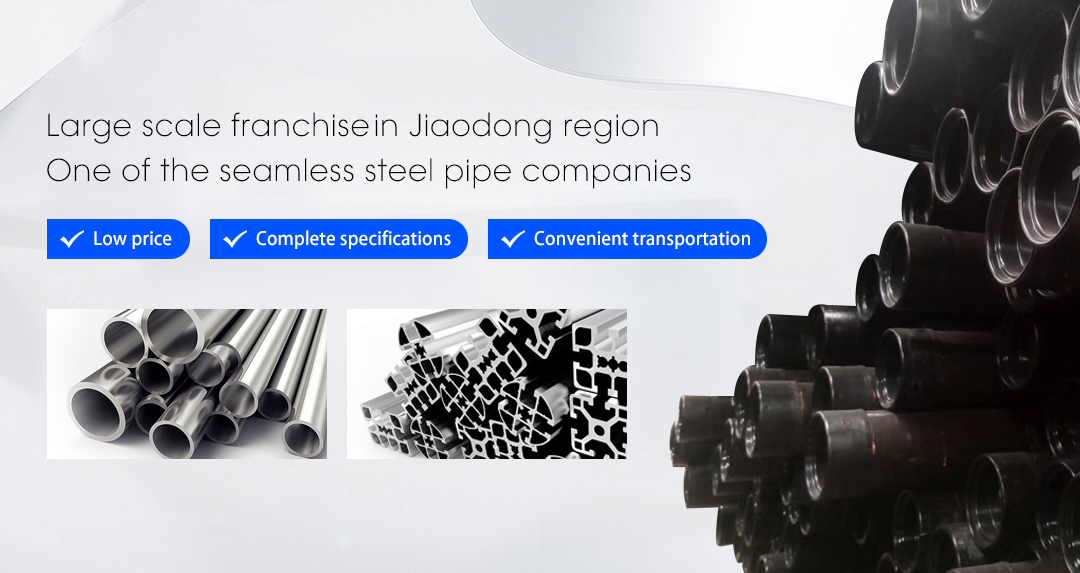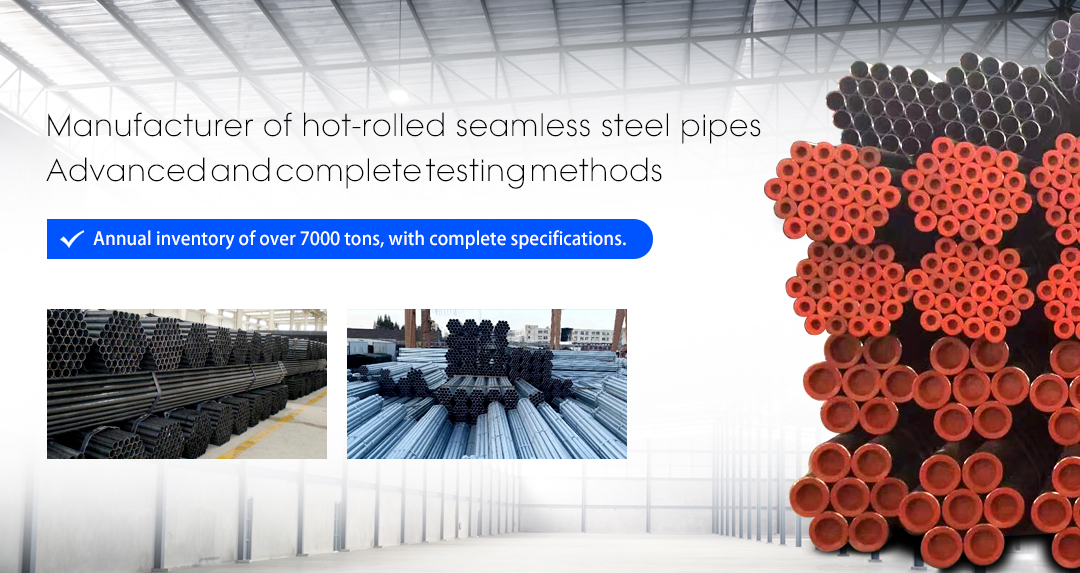The situation and causes of rolling cracks in thick walled seamless steel pipes-Yantai Donghai Steel Pipe Co., Ltd.
Cracking of thick walled seamless steel pipes during rolling:
1. The hot rolling cracks of thick walled seamless steel pipes are located 38 and 118 meters away from the head of the strip, mainly in the middle of the strip.
2. It is speculated from the morphology of the large pores during rolling that the cracks start at the middle of the strip width, and the reason is that the rolling force and shear force cause the cracks to stretch and form obvious macroscopic large pore morphology during the rolling process.
3. The fracture surface of the seamless steel pipe during the cold rolling production process is smooth, and there are no obvious surface defects before and after the fracture.
4. Observing the microscopic morphology of the fracture surface, it can be seen that the typical ductile fracture morphology is in the form of dimples. At the same time, the fracture surface presents a layered shape, with a larger central dimple and a smaller near surface dimple. The cracks present a divergent and expanding fracture morphology dominated by the central fracture, and the depth of the central fracture is relatively deep. Therefore, it is speculated that the layered morphology of this fracture zone is closely related to the central segregation situation.
5. Under scanning electron microscopy, the morphology of hot rolled cracking defects in seamless steel pipes was observed, and obvious cracks were visible in the middle of the fracture surface.
6. Further observation of the hot rolling cracks and their ends in thick walled seamless steel pipes reveals that there are obvious oxidation particles near the cracks, and there are intergranular cracks at the ends of the cracks, presenting a complete polygonal ferrite morphology near the cracks.
7. The characteristics of oxidized particles within 30um near the crack are closely related to the original defects of the continuous casting billet. Long time heating of the continuous casting billet in the heating furnace causes the elements near the crack to be oxidized, forming a thick layer of oxidized particles, which is inherited into the subsequent hot coil.


